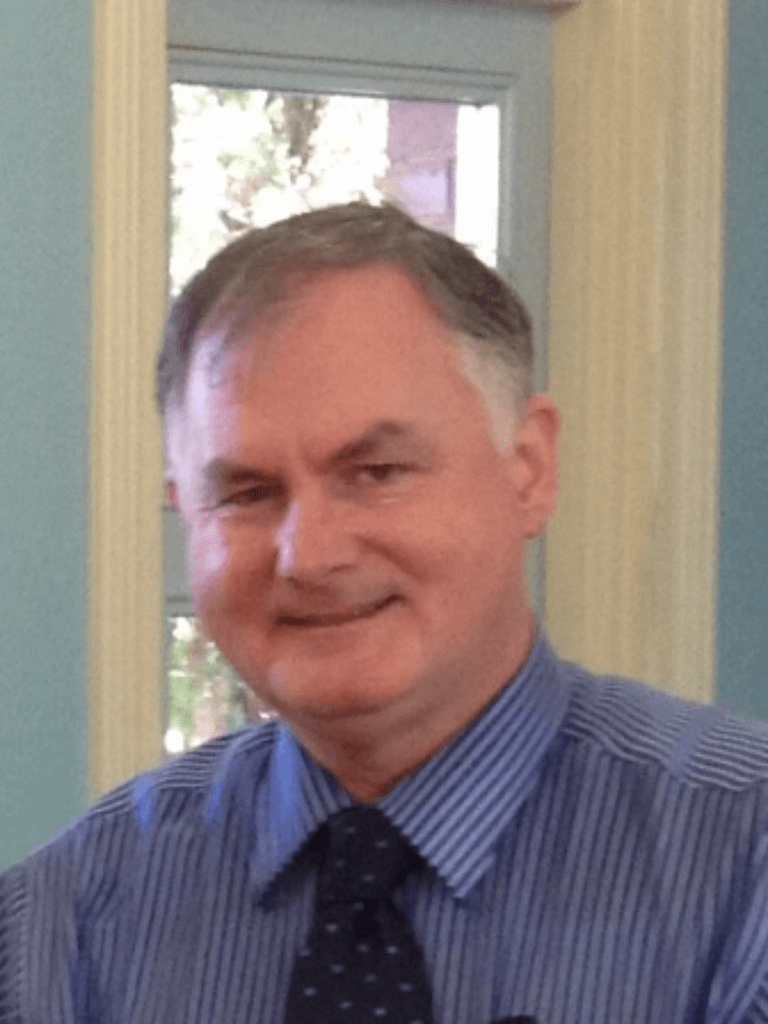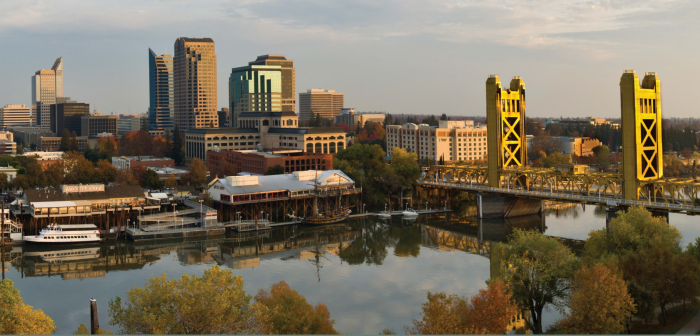Your Legacy!

O thus be it ever when freemen shall stand
Between their lov’d home and the war’s desolation!
Blest with vict’ry and peace may the heav’n rescued land
Praise the power that hath made and preserv’d us a nation!
Then conquer we must, when our cause it is just,
And this be our motto – “In God is our trust,”
And the star-spangled banner in triumph shall wave
O’er the land of the free and the home of the brave.
The Star-Spangled Banner:
National Anthem of the United States of America
In the United States, the end of October and the month of November holds much significance. The celebration of Halloween (on the eve of the Feast of All Hallows / Saints), Thanksgiving followed by Black Friday and then Veteran’s Day, celebrating all who have served their country. Veteran’s Day is celebrated on 11 November. In other countries such as Australia, 11 November is known as Remembrance Day, recalling all who served and died in defense of freedom. It comes from Armistice Day, which recalls the end of World War I at the 11th Hour in the 11th Month on the 11th Day in 1918. This year is the centenary of Armistice Day, 100 years since the end of World War I.
What does this have to do with Careers in Government? On the surface perhaps not a lot! However, why do we still remember the fallen and all who served, 100 years after the guns fell silent? Indeed, why celebrate Independence Day on 4 July or even Martin Luther King Day?


This begs the question, in the context of your career, what will your legacy be? When the time comes for you to move from one organization to another, from one Government agency to another, what will your legacy be? Moreover, the legacy you leave gives your future employer insight as to what the future might be like with you on board. The same question holds for retirement also. When you finally reach that point where you can retire from your career, what will people genuinely say about you? Would anybody bother to come to your farewell?
Whilst some would argue that you should start to think about your legacy at approximately 50 years of age, this author would contend that it starts the day you begin your career, typically somewhere in your twenties. Every action you do, every project you collaborate with, every interaction you make, contributes to the perception that people have about you. Through a process of iteration, day builds upon day, year upon year, until you establish a reputation for yourself. Once people have conceived a thought about you professionally, it can take decades to change their minds, especially if the perception is a negative one.
At one level this could be considered ‘self-branding’ or being a savvy professional. However, creating a positive legacy that people will remember you by is more than that. It’s about creating that positive atmosphere daily, that leads people to want to work with you. It’s not about making yourself indispensable as an employee either. A person who leaves a positive legacy, leaves behind an organization that will continue to prosper because of the systems and processes they left behind. In short, in your twenties, you cannot stay where you are, career wise, for the next 40 years. It would be unhealthy for your personal and professional growth and unhealthy for the organization.
Writing in forbes.com on this very topic, Phyllis Weiss Haserot poses a series of questions to help get you across the line in discerning what your legacy looks like. Before considering those, it is worth remembering those fallen soldiers and the soldiers that returned from defending their country. For the United States, they saw themselves as being from the ‘land of the brave and the home of the free’. These soldiers had the training needed to undertake the work they did. They had to rely on the team, they had to believe that the systems in play would work and they had to believe in themselves and in each other.
According to Phyllis Weiss Haserot, in considering your legacy, you should ask these questions.
Questions to Consider
You can do some advance transitioning planning, too, either alone or with work colleagues, by thinking about these questions:
- What do you want to be remembered for by your colleagues?
- What do you want to be remembered for by your clients, customers and external stakeholders?
- What would you like to pass on to the next generations at work?
- What can you start to do now or change now to be able to achieve that legacy?
- How might your role change as you transition to leave your legacy?
- What systems would need to be put in place and what would it take to achieve that?
- How will you know you are succeeding in fulfilling your legacy?
- What would a model for your eventual transition look like?
From: Phyllis Weiss Haserot (2015) “How To Leave A Legacy Where You Work”
At the end of the day, your legacy is the story that you leave behind for other people to talk about, perhaps centuries later. With all of this in mind, the development of a Personal Plan, reviewed regularly, ensures that your life is always moving towards the positive, in a direction that will leave a long-lasting legacy for you and the organizations that had the privilege of your services. You can see the template for a Personal Plan that this author uses.
It is very much as the Biologist and Theologian, Professor Charles Birch, once wrote.
“Every moment of life presents us with the possibility of creative novelty. No one has to think or act as he or she has been taught to think or act. To be all there is to be fully present for each moment. And that means imaginatively transcending the daily round and in so doing to be transformed…To be human is to be passionately committed to something that grasps and transforms us.”
(Professor Charles Birch. Emeritus Professor of Biology, University of Sydney).
(Birch, C. (1991). On Purpose. Kensington, University of New South Wales Press. p4).

CAREER ADVICE

GOV TALK




